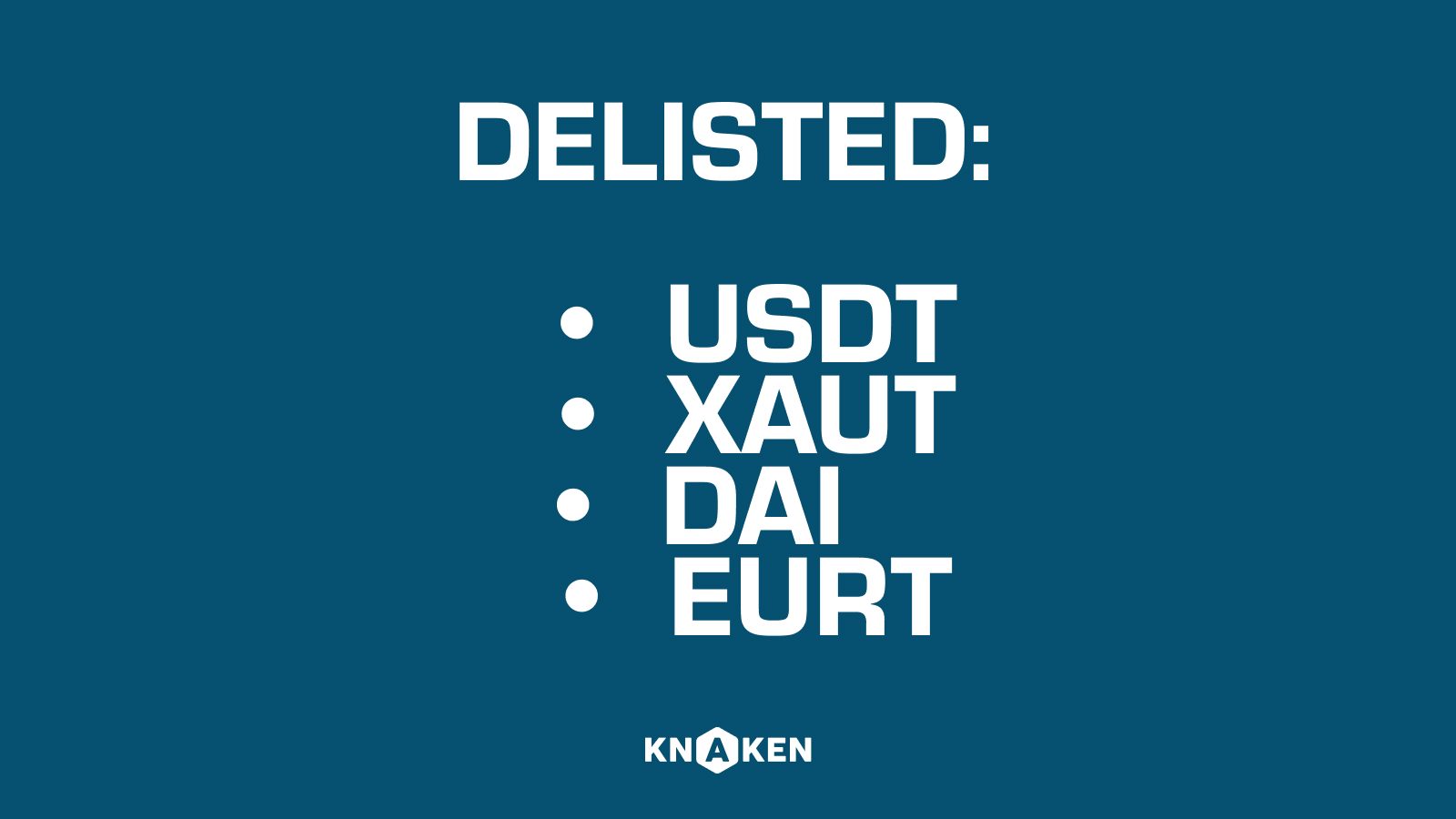Unpermissioned Ledger
Overview of Unpermissioned Ledger
An unpermissioned ledger is a type of blockchain or distributed ledger technology (DLT) that allows any participant to access, validate, and contribute to the network without needing prior approval or permission from a central authority. Unlike its unpermissioned counterpart, a permissioned ledger restricts access to a predefined set of participants who are given specific rights and permissions. Unpermissioned ledgers are foundational to many public blockchain networks, including Bitcoin and Ethereum, promoting decentralization, transparency, and trust among participants.
Key Characteristics of Unpermissioned Ledgers
- Decentralization: Unpermissioned ledgers operate on a decentralized network where no single entity has control. This structure enhances security and reduces the risk of fraud.
- Transparency: Every transaction on an unpermissioned ledger is publicly visible, providing a level of transparency that helps in building trust among users.
- Inclusion: Anyone can join the network, validate transactions, and participate in consensus mechanisms, which fosters a more inclusive ecosystem.
- Immutable Records: Once transactions are recorded on the ledger, they cannot be altered or deleted, ensuring the integrity of historical data.
- Consensus Mechanisms: Unpermissioned ledgers rely on various consensus protocols, such as Proof of Work (PoW) and Proof of Stake (PoS), to validate transactions and add them to the blockchain.
Examples of Unpermissioned Ledgers
- Bitcoin: The first and most recognized unpermissioned ledger, Bitcoin operates on a PoW mechanism, allowing anyone to mine and validate transactions.
- Ethereum: A popular platform for decentralized applications (dApps) and smart contracts, Ethereum uses a public, unpermissioned ledger that also initially operated on PoW but is transitioning to PoS.
- Ripple (XRP Ledger): While primarily a payment protocol, Ripple’s XRP Ledger is a decentralized record-keeping system used for international transactions.
- Cardano: Utilizing a unique PoS consensus mechanism called Ouroboros, Cardano is designed to support a variety of applications while maintaining decentralization.
Advantages of Unpermissioned Ledgers
- Enhanced Security: The decentralized nature of unpermissioned ledgers reduces the likelihood of a single point of failure, making them more resilient against cyberattacks.
- Reduced Costs: Eliminating the need for intermediaries lowers transaction fees and operational costs for users.
- Greater Engagement: Participants are encouraged to engage with and contribute to the ledger, driving innovation and participation in the network.
- Global Accessibility: Unpermissioned ledgers allow users from anywhere in the world to transact without geographical limitations or restrictions.
Challenges Facing Unpermissioned Ledgers
- Scalability: As user participation and transaction volume increase, unpermissioned ledgers can face challenges related to transaction speed and overall efficiency.
- Energy Consumption: PoW consensus mechanisms, notably used by Bitcoin, require significant computational power and energy, raising concerns regarding sustainability.
- Regulatory Scrutiny: Unpermissioned ledgers often find themselves at odds with existing regulations, leading to potential compliance issues and legal uncertainties in various jurisdictions.
- Network Attacks: While decentralized networks are generally secure, they are not immune to potential attacks such as 51% attacks, where malicious actors could gain majority control over the network.
Conclusion
The unpermissioned ledger represents a significant evolution in how digital information is stored, shared, and managed. By allowing any willing participant to join and contribute, these systems foster innovation, collaboration, and decentralization. Despite their challenges, the advantages make unpermissioned ledgers a cornerstone of the cryptocurrency and blockchain landscape, driving the future of digital transactions and decentralized technologies.


















